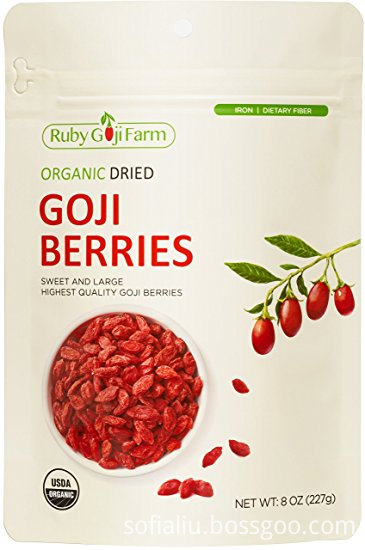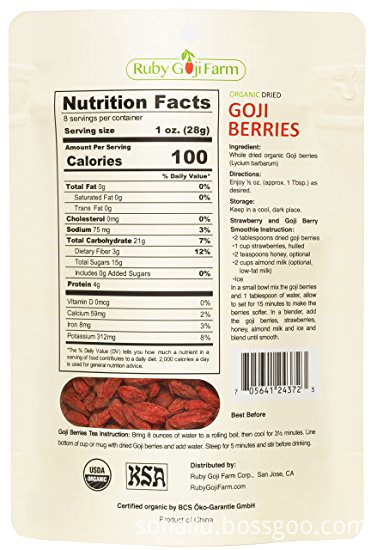Rice should focus on the prevention and control of rice blast and rice planthoppers in summer.
1. Rice blast prevention and control methods:
(1) Seed treatment. Rice seed should be selected from disease-free or mild disease fields.
(2) Selection of disease-resistant varieties and selection of disease-resistant varieties are economic and effective measures for controlling rice blast, and they are also key measures for comprehensive prevention and control.
(3) Strengthen cultivation and management, ensure basic fertilizer, reasonably apply nitrogen, phosphorus, and potassium fertilizers, promote the healthy growth of rice plants, coordinate with water management, and create environmental conditions that are not conducive to the occurrence of rice blast disease.
(4) Grasp the key and timely spray protection. The chemical prevention of rice blast must establish the guiding principle of "prevention first". Seedlings sprouting and scratching seedlings prevention and control, such as seedlings appear lesions, especially the emergence of acute lesions, should start prevention and treatment; Ye Xi should pay attention to protection of susceptible varieties of rice during the period of childbirth, to grasp the disease in time, when the onset of the disease center At the time, combined with climatic conditions, take appropriate prevention and control measures; Prevention and treatment of panicle blast should pay attention to the protection of the heading period, if the panicle blast occurs generally and quickly rise, especially in the flag leaves with acute type lesions increased or the incidence of leaf axillary ridge, When weather conditions are conducive to disease epidemics, it is necessary to determine the prevention and control of field plots and to prevent and control pesticides.
Commonly used agents: 20% tricyclazole wettable powder, 40% rice bran oil, 75% Fengdeng WP, 40% Fuji No.1 EC.
2. Rice planthopper control methods
(1) Control measures for Laodelphax striatellus:
Agricultural control: Before the harvest of early rice, remove weeds at the edge of the field and the ditch. At the time of harvesting, the straws are played, picked, and sunned, and they are not stacked on the fields to prevent the weeds and straw insects from jumping into the late rice fields. Immediately after harvest, plowing and irrigating, late rice was inserted into Honda as soon as possible, and Tanabe sprayed it. Timely removal of barnyardgrass in rice fields can eliminate a lot of eggs in the fly. Protect and use natural enemies: Reduce the frequency of application, use low-toxicity pesticides as much as possible, and protect natural enemies.
Chemical control: There are more than 2 adults per square foot in the early rice field, and more than 5 adults in the late rice field. It is advisable to control the period of immature and hatching of the eggs during the control period.
Commonly used agents: 50% diaziphos EC, 10% Dagongchen WP.
(2) Control methods for brown planthoppers:
Agricultural control: The use of resistant (resistant) rice varieties, scientific management of fertilizer and water, timely field baking, to avoid partial application of nitrogen fertilizer, prevent late growth of rice in the past, create an ecological environment that is not conducive to the growth of the brown planthopper.
Biological control: There are many species of parasitic and predatory natural enemies in each stage of the insects of the brown planthopper. Apart from parasitic bees, black-lipped green nymphs and ladybugs, spiders, nematodes, and fungi have a great inhibitory effect on the occurrence of the brown planthopper. Should protect the use of natural control capabilities. Chemical control: According to the type of rice varieties and the occurrence of planthoppers, adopt the strategy of pre-pressing or controlling the main damage generation, choose a pesticide with high efficiency, low toxicity and long residual period, consider the protection of natural enemies as much as possible, and control the nymphs. - 3 years of age application.
Commonly used pharmaceuticals: 10% Dagong Chen WP, 50% diazinon EC.
Goji Berry package 8oz is products of Ruby Goji Farmof branch office of Wolfberry in USA.
Ruby Goji Farm is has been working on providing organic dried Gojis and processed Goji foods to
customers worldwide for 18 years. As the first certified provider of organic Goji berries, we focus onorganic planting and R&D, and have delivered products to over 20 countries including NA and EU.
We have already taken over 70% Goji Berry market of U.S.


Goji Berry Plant, Organic Dried Goji Berries, Goji Berry package 8oz
Ningxia Wolfberry Goji Industry Co.,ltd , https://www.nx-wolfberry.com